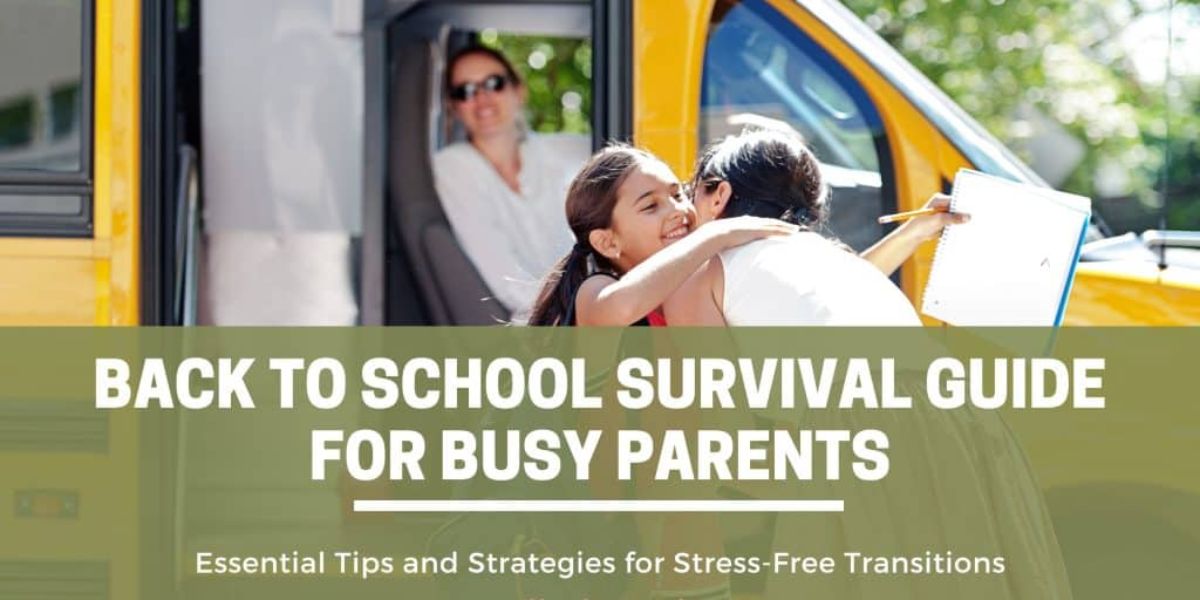WFCN –
There is a marked increase in stress during the back-to-school season for families with children younger than twelve years old.
The stability and behavioral health of children and their parents or primary caregivers can be negatively impacted by a variety of obstacles, such as work/home life juggling, disrupted sleep habits, increased anxiety, and separation concerns.
Tragically, according to experts, 80% of families who seek further mental health support from school counselors and other sources face hurdles to care due to provider shortages, location, or financial constraints.
Counselor hours and services have been curtailed in both public and private schools due to budget cuts, retirements, and a decrease in the number of counselors-in-training in the pipeline.
So it’s wonderful that Brightline, the parent firm, has introduced the BrightLife Kids coaching services. East Bay and state-wide families can take use of the program’s free, individualized coaching services thanks to a collaboration between CalHOPE and the Department of Health Care Services. There is no need to verify insurance or citizenship; all that is needed is that caregivers be residents of California.

If your kid need specialized or in-person services beyond what BrightLife Kids can provide, we can help them discover them. We offer weekly virtual/video sessions, secure chat with a guaranteed 24-hour response time, an extensive 24/7 on-demand resource library, and weekly virtual/video sessions with a trained professional. Many coaches speak both English and Spanish, and if you need translation services in any of the other seventeen languages, we can help.
Additionally, coaches are educated on how to support and empower LGBTQ+, BIPOC, and gender-diverse communities. Infants/Toddlers (0-4), Kids (5-8), and Tweens (9-12) are the three age groups that get individualized service plans. Soluna is a no-cost program for youngsters from 13 to 25, and although BrightLife does not offer assistance for older kids, it does work with Kooth through it.
The intake team can better grasp the family’s needs and concerns once they answer a few basic questions throughout the program’s quick enrollment process. A senior behavioral health coach named Brando Menjivar mentioned in an interview that one of the most important questions is, “What brings you to BrightLife Kids and what are the things you’re most worried about?”

Anxiety, worry, and tension are becoming more common responses, with melancholy and despair following closely behind. “Concerns about their child’s focus and attention are tied with those last two,” adds Menjivar. Parents who approach here complaining about their hyperactive and unfocused children often have no clue that their children may be suffering from attention deficit hyperactivity disorder (ADHD).
SEE MORE –
Some people are aware that their child has ADHD and are looking for ways to help them cope. They may seek our help after hearing that we can encourage behavioral tactics as an alternative to medicine.
After enduring the worst four years of the coronavirus pandemic, Menjivar has seen a general, quick increase in mental health issues in 2024. Families have been truly hurting ever since 2020; it’s something I observe daily, he says. There are preteens who are fighting loneliness and there are financial worries for caregivers. When asked if they are concerned about their child’s academic performance and future, many parents choose the “worries” option.
There is a great deal of worry about how screen time affects relationships both within and outside of the home. Online gaming is a significant topic, not just in terms of social media, according to Menjivar. The fact that today’s youth participate in it in groups makes it distinct from its early 2000s incarnation. Parents perceive it as too much screen time, but kids see it as socializing.
Plus, he mentions that even in school, kids are glued to their screens, so it’s no wonder that every caregiver is trying to find ways to pull them away. We humans weren’t designed to rely on our back pockets for all of life’s major conversations. How is that exposure impacting our children?
Menjivar has a wife and two children under the age of ten. He is 33 years old. Currently residing in Tulsa, he is working toward a master’s degree in theology/theological studies at Veritas International University. He has resided in Alameda and Oakland before. This indicates that he has a deep empathy for the families in the Bay Area that he works with as a coach.
“I didn’t have any support when I was in college,” he admits. “In subsequent years, as a parent running my own business, I sought guidance from a coach in an effort to ‘fix my life.'” Turns out, it’s more about asking lots of questions and listening carefully. Coaching, I’ve come to understand, is more about walking alongside individuals and forming a partnership with them to ensure their welfare than it is about giving them orders.
He considers himself merely a guide, not a counselor, for the simple reason that every family is unique and every parent’s philosophy is distinct. He informs them that parents are the true experts when it comes to their family and offers his assistance in learning tactics and tools. Every coaching session is based on unconditional positive respect. We can create a safe environment where the child and caregiver can work together and develop trust if we set that groundwork.
In order to gauge the family’s self-assurance and competence in handling their worries, each session is recorded and monitored. Using actual data, we can draw judgments about our improvement at the end of care, according to Menjivar. “Caregivers are getting the help they need, and kids are making improvements, so it’s exciting.”
All of BrightLife’s funding for the current and future years is secure. Following that, the state will reevaluate the program’s effectiveness, according to Menjivar. Because of this, he is enthusiastic about spreading the word through various media outlets as well as forming collaborations with educational institutions and other nonprofits in California. According to Menjivar, more families and healthcare practitioners will be aware of BrightLife, which means more children and their families will have access to free behavioral coaching both now and in the future.
